Few things are as tragically synonymous with American culture as domestic terrorism. It is a scourge that lays bare the fractures in the country’s social fabric—where extremism festers in the shadows of ideology, race, and religion, now ever more emboldened by a political climate that is increasingly polarized.
From hate-fueled mass shootings to violent insurrections that not too long ago desecrated the shrine of American democracy—the Capitol itself—domestic terrorism has become an ever-present threat. It shakes the very foundations of a nation that prides itself on resilience, exposing the fragility beneath the surface of its ideals.
This grim reality has etched itself into the national fabric of the United States, where the right to bear arms is often treated with a reverence bordering on the sacred. The statistics are unrelenting – more than 40,000 gun-related deaths each year, mass shootings that barely register as headline news anymore, and communities perpetually caught in cycles of grief and fear. Many of these incidents in recent times have also been declared as acts of domestic terrorism which is now a uniquely American tragedy, emblematic of the country’s deep-seated contradictions. Here is a nation that champions liberty, yet remains paralysed by its inability—or unwillingness—to confront its obsession with extreme ideologies and firearms.

While these incidents—more frequent now than before—may lack the symbolic weight of attacks on the Twin Towers or the Pentagon, their impact is no less profound. They serve as a constant reminder that the threat is not distant but deeply rooted within the country’s borders, reshaping how Americans live, think, and fear—both themselves and, more pointedly, migrants and those perceived as ‘the other.’
Nearly three decades ago, Oklahoma—a state often regarded as a microcosm of America’s broader challenges and contradictions—was the scene of an unthinkable act of domestic terrorism. On an April morning in 1995, Timothy McVeigh, a Gulf War veteran deeply disillusioned by his military experience and radicalized by his ties to anti-government and pro-gun groups, detonated a truck bomb outside the Alfred P. Murrah Federal Building in Oklahoma City. The blast killed 168 people, including 19 children, and injured hundreds more, marking the single deadliest act of homegrown terrorism against the federal government in American history. The bombing left a scar on America's collective conscience, underscoring the potency of extremism born from within its borders.
For many, the Oklahoma City bombing remains a haunting reminder of the dangers that exist at home. And yet, the echoes of that tragedy feel unsettlingly familiar today. A recent attack in New Orleans, though less catastrophic, involved another veteran-turned-extremist, driven by ideologies that may mirror those of Timothy McVeigh—different in scale but disturbingly similar in origin.
A 1978 novel, The Turner Diaries, offers a chilling lens through which to view the trajectory of domestic terrorism in America. Widely regarded as a manifesto for the anti-government movement, the book portrays a small group of insurgents sparking an uprising. It even served as McVeigh’s playbook and eerily foreshadowed events like the January 6 Capitol attack, which occurred decades later, shortly after President Biden defeated Donald Trump.
Whether acting alone or in groups, domestic terrorists often share common grievances. In 1983, a white supremacist group assassinated Alan Berg, a Jewish talk-show host, declaring war on the US government during the Reagan administration. The roots of such extremism can also be traced to the 1980s farm crisis, when the financial collapse of thousands of farms led to widespread dissatisfaction. White supremacists have always exploited these grievances, stoking anti-government sentiment and embedding it within extremist movements.
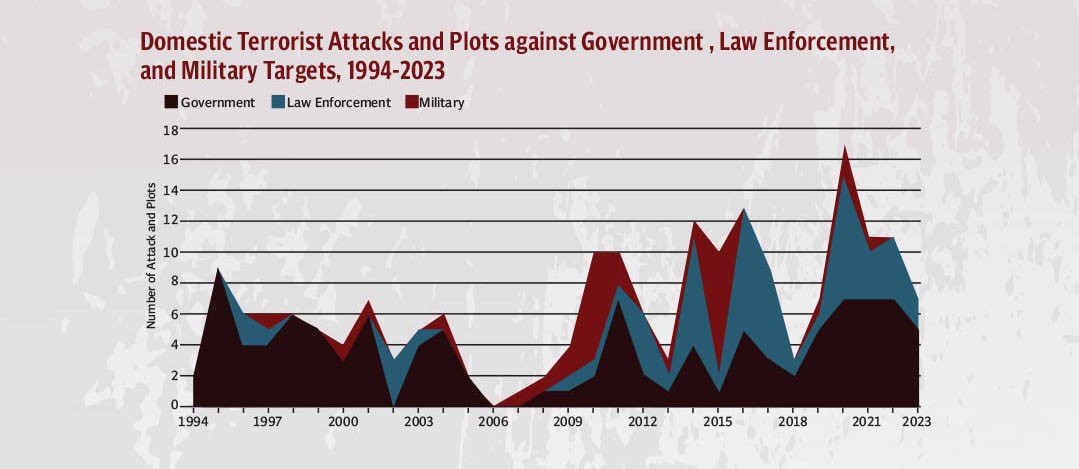
McVeigh’s story offers several lessons that America has often overlooked. His worldview was shaped by his military service in the Gulf War, for which he was awarded the Bronze Star but also endured the trauma of combat. He suffered what appeared to be a nervous breakdown, likely due to PTSD, and came to view his own country as a global bully. As historian Kathleen Belew of Northwestern University has noted, the aftermath of wars often provides fertile ground for extremist movements and fresh recruits—including, at times, lone operators like McVeigh.
After leaving the military, the infamous Oklahoma City bomber frequented gun shows, where his contempt for federal firearm regulations deepened. Events like the Ruby Ridge standoff, where a federal raid left three people dead, and the fiery end of the Waco siege, which claimed 76 lives, further fueled his hatred of his own government. McVeigh’s choice of April 19 for the bombing was deliberate—marking the second anniversary of the Waco tragedy. The bombing, carried out using a devastating device made from agricultural fertilizer and diesel fuel, will continue to haunt Americans who witnessed that tragic day, serving as a lasting reminder of the profound impact of domestic terrorism.
These events are also the result of a slow-burning crisis decades in the making, compounded by economic upheaval, the outsourcing of jobs, and the restructuring of entire industries. The anti-government sentiment driving today’s extremists intersects with movements born from varied but overlapping grievances. This convergence of ideologies has created the volatile landscape that America confronts once again today.
No matter how confidently President Biden touts his creation of the 'best' economy in the world, its benefits have yet to reach marginalized workers, fringe elements, or the so-called 'silent majority'—a term popularized by Richard Nixon to describe a voter base often overlooked by political elites, which proved instrumental in flipping the recent presidential election back into Donald Trump’s hands.
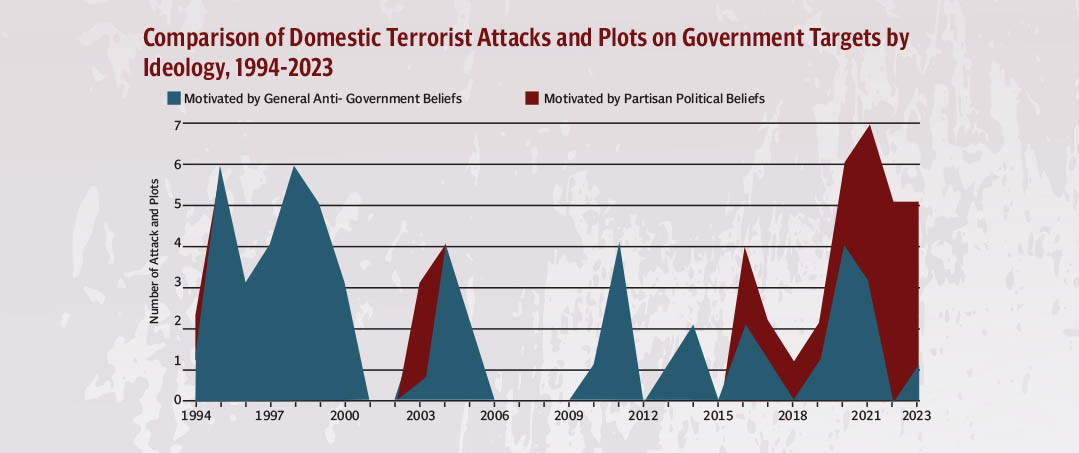
Political rhetoric
To place the blame solely on Donald Trump, the incoming president, for America's deep divisions and the spread of hateful rhetoric oversimplifies a complex and long-brewing issue.
After all, Joe Biden, the soon-to-be former commander-in-chief, has not been without controversy. During one of the most polarizing elections in recent history—one that deepened already gaping political fissures—Biden made sharp and incendiary remarks about his opponent. The most notorious of them, 'It is time to put a bullseye on Trump,' became a lightning rod for Republican outrage, particularly following an assassination attempt that left Trump with minor injuries.
In the aftermath of the attack, Republicans wasted no time framing the incident as a direct result of Biden’s rhetoric, accusing him and the Democrats of inciting what they described as a terrorist act against their candidate. While the shooter was not a veteran, he was undeniably a lone actor, further fuelling debates about the intersection of political extremism and individual radicalisation in an already fractured America.
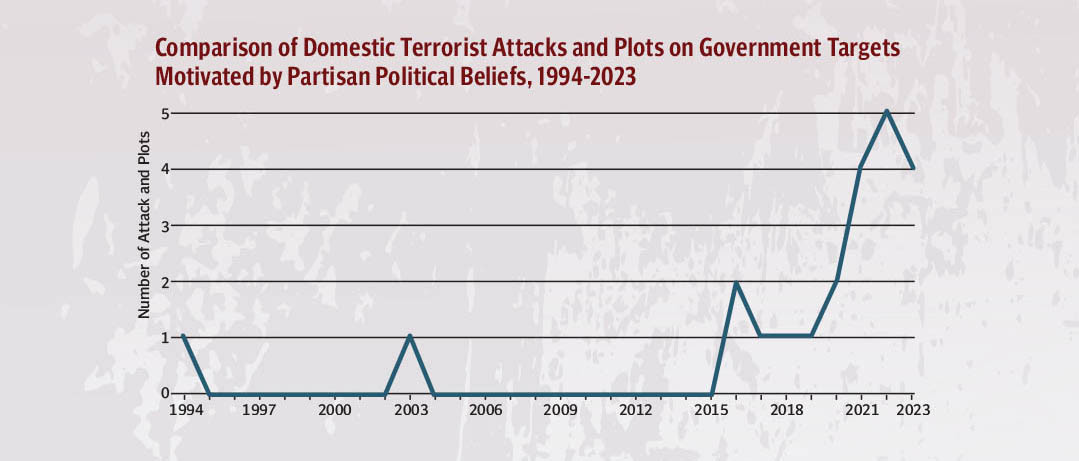
Trend in terorrism
From Timothy McVeigh’s bombing in Oklahoma City to Shamsud-Din Jabbar’s deadly truck attack on Bourbon Street in New Orleans, and now Matthew Livelsberger—a Colorado-based active-duty US Army member who detonated a Tesla Cyber Truck outside the Trump International Hotel in Las Vegas before taking his own life—America’s long history of domestic terrorism reveals an unsettling trend – the growing dominance of lone actors. Livelsberger, who described his actions as a 'wake-up call' to the nation, reflects a shift identified by Andrew Vitek, a professor of political science and director of the Counterterrorism Option at Penn State University. Vitek’s research indicates that individuals radicalized in isolation now pose a greater threat than those linked to organized extremist groups. Livelsberger’s own writings, recovered by investigators and later made public, highlight the personal anguish that often fuels such attacks. In one note, he lamented America’s 'endless wars,' writing, 'Our soldiers are done fighting wars without end states or clear objectives.' Yet no agency flagged Livelsberger —a veteran of several combat tours—as a potential terror threat until he fatally shot himself before detonating his vehicle.
Unlike militias or white nationalist organisations, these so-called 'lone wolves' are harder to detect, often driven by personal grievances, ideological convictions, or the influence of radical online spaces. And tragedies like the Oklahoma City bombing or attacks in New Orleans have shown, violence no longer requires the infrastructure of an organised group to take root.
This decentralisation of terrorism – a phenomenon not new to the US – continues to present a formidable challenge for law enforcement. It highlights the pressing need to recalibrate counterterrorism strategies to address the evolving nature of homegrown threats. At the same time, it compels a deeper reckoning with the societal conditions that have made America a breeding ground for lone actors.
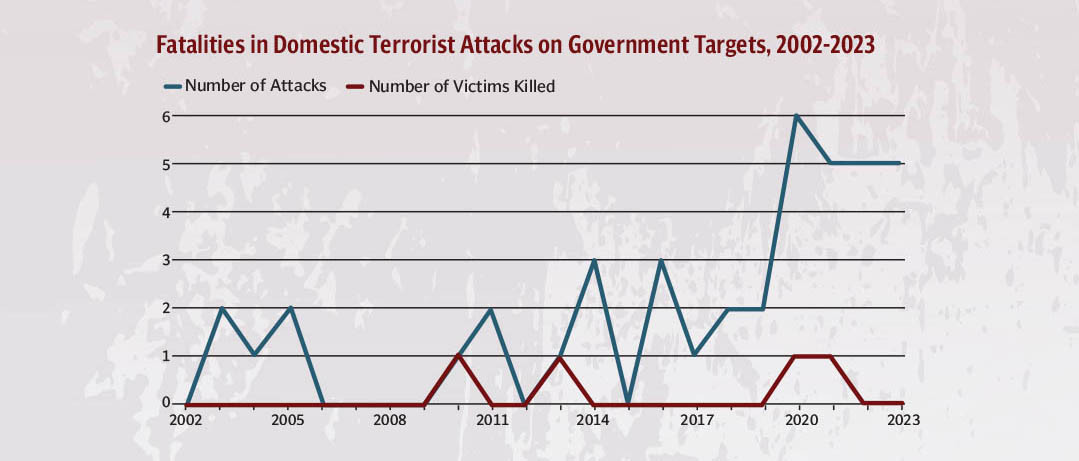
Trump 2.0
While America’s incoming president, Donald Trump, is no stranger to stoking conspiracy theories, hatred, and grievances, his return to the White House bodes poorly for the country’s escalating domestic terrorism problem. The recent attack in New Orleans has been weaponized to fast-track the approval of Trump’s controversial nominees for key national security roles. Republican senators, as David Firestone points out in The New York Times, are correct in recognising the urgency of the moment but are blind to the real solution -- the Senate must reject Trump’s political cronies and demand competent, experienced professionals instead.
If Trump’s first term taught us anything, it is that his administration’s approach to domestic terrorism often exacerbated the problem rather than mitigating it. His tendency to minimise the severity of white nationalist violence, while framing domestic terrorism through a deeply partisan lens, undermined the collective urgency needed to tackle these threats. Trump’s rhetoric – at times mirroring or legitimising the grievances of extremist groups – created fertile ground for fringe ideologies to flourish. This failure to unequivocally condemn domestic extremism sent troubling signals to both law enforcement and the public, hindering the allocation of counterterrorism resources to where they were most needed during his first term.
Compounding the issue, Trump’s tenure was marked by appointments and policies that deprioritised the fight against homegrown terrorism. Programs aimed at countering radicalisation were systematically defunded, with the administration shifting its focus to international threats instead. Efforts to combat white supremacy and other forms of domestic extremism were disbanded or marginalised, reflecting a retreat from addressing these very real dangers. As homegrown terrorism surges, Trump’s unwillingness to adopt a robust and comprehensive strategy will make it even harder to address these escalating threats today.
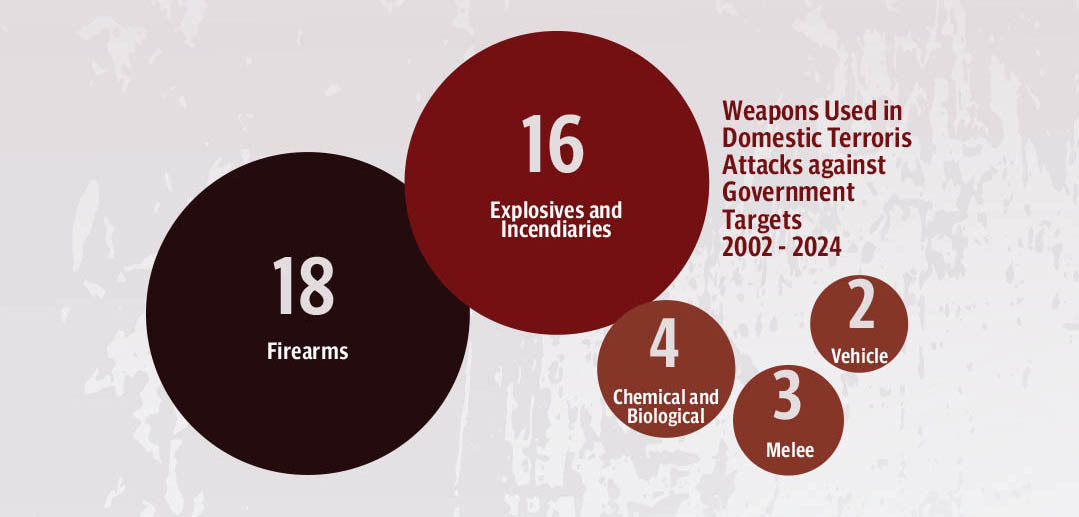
Gun violence
America’s domestic terrorism crisis might not have reached its current lethal heights if the country had applied even a modicum of common sense to the availability of weapons. In the US, firearms are as easily accessible as jelly beans on a supermarket shelf—a grim reality with devastating consequences.
To speak of gun violence in America is to recount a litany of lives stolen in schools, grocery stores, churches, and homes. It is to tell the stories of children robbed of their futures and parents left to bear unimaginable grief. It is also to confront a political system paralysed by the lobbying power of groups like the NRA, whose decades-long influence has blocked meaningful reforms at every turn. It could even be said that more Americans have been killed by gun violence than by any external threat or terrorist attack.
For many Americans, the shadow of gun violence looms over daily life. It dictates where they go, how they live, and whether their children return home from school unscathed. While other nations grapple with crises of their own, few have normalised violence with such chilling regularity as the United States.
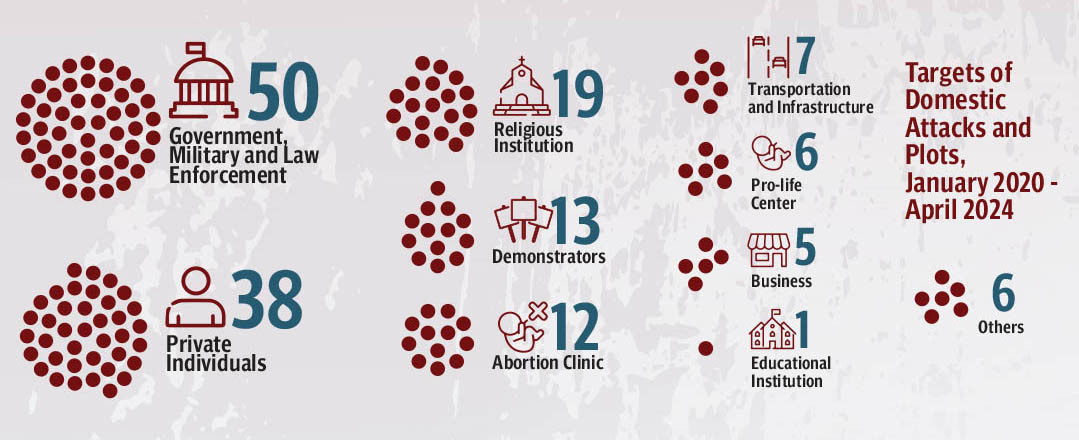
The ideology
Three decades have passed since the deadly Oklahoma City bombing, yet growing concern remains that the nation’s collective memory is fading. Between Pearl Harbor and the Sept. 11 terrorist attacks, Oklahoma City was the deadliest deliberate assault on United States soil—a powerful reminder of the devastation that homegrown violence can wreak. Yet America is often compelled to confront this ongoing threat only when tragic events, like the recent attack in New Orleans, occur—before it is forgotten once again until the next such incident.
It is easy for America to point fingers and take bold action against terrorism abroad, yet its failure to address similar threats at home leaves it in a precarious position—condemning others for what it refuses to confront within its own borders. While the memory of such attacks fades, their recurrence serves a grim reminder that the ideology that inspired McVeigh is far from eradicated. At the root of this violence lie America’s deep-seated societal grievances, where marginalization and exclusion will continue to ignite cycles of retaliation.
